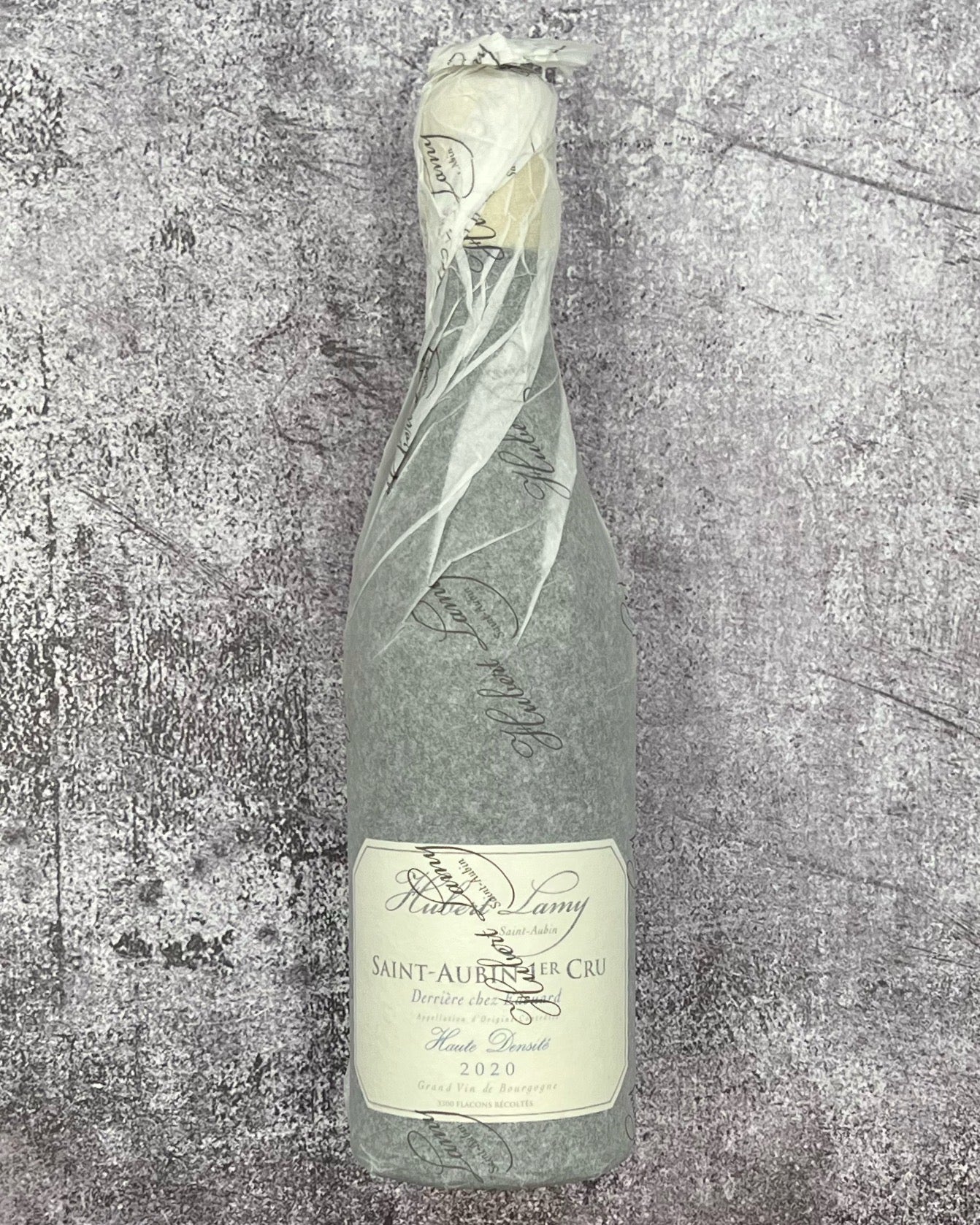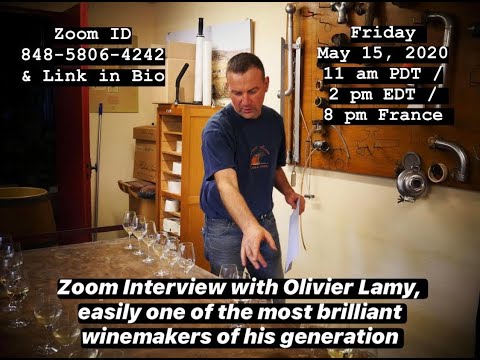Details:
Product Details
| Country: | France |
|---|---|
| Region: | Burgundy |
| Sub-Region: | Côte de Beaune |
| Appellation: | Saint-Aubin AOC |
| Classification: | |
| Site / Terroir: | Climat 'Derrière Chez Edouard' |
| Grape(s): | Chardonnay |
| Wine Style: | White |
| Composition: | Single Varietal |
| Practices: | Practicing Organic, Sustainable Viticulture |
From Olivier Lamy: "In Burgundy, according to writings from the Middle Ages until the appearance of phylloxera (19th century), vines were cultivated at high density, i.e. around 20,000 to 30,000 vines per hectare. This high density was the fruit of the observations and experiences of our ancestors who had noticed a beneficial competition for the root system, the quality of the grapes and the wine.
In 2001, we planted a few rows of vines with higher planting density.
This cuvée comes from a small vineyard planted at high density in the Derrière Chez Edouard climate in Saint Aubin."
Critical Acclaim: 96+ points William Kelley (Wine Advocate): "The 2020 Saint-Aubin 1er Cru Derrière Chez Edouard Haute Densité is another brilliant rendition of one of contemporary Burgundy's most fascinating wines. Unwinding in the glass with aromas of lime zest, white flowers, wet stones, oyster shell and subtle reduction, it's full-bodied, deep and concentrated, with a multidimensional core of fruit that's framed by racy acids and huge reserves of chalky dry extract. Incisive, penetrating and tightly wound, anyone lucky enough to acquire a bottle or two should plan on a minimum of a decade's patience. Drink: 2030-2060. (1/31/23)"
95 points/'Outstanding,' Allen Meadows (Burghound): "(from a vine density equivalent of 30,000 vines/ha). There is outstanding aromatic complexity to the elegant and slightly riper aromas of citrus peel, acacia blossom, spice and essence of pear. I very much like the impressive power and mid-palate concentration displayed by the refined and mineral-driven medium-bodied flavors that culminate in a citrus-inflected, clean and dry finish that delivers excellent persistence. This is an absolute knock-out by any standard and a genuine 'wow' wine. If you can find it, don't hesitate! Drink: 2032+. (Jun 2023)"
94 points Neal Martin (Vinous): "The 2020 Saint-Aubin Derrière Chez Edouard Haut Densité 1er Cru has a taut and focused bouquet with petrichor, Granny Smith apples, touches of orange pith emerging with time. This builds and builds. The palate is well balanced with a touch of white pepper on the entry, a keen line of acidity, superb matière towards the persistent finish. Drink: 2026-2048. (Jan 2023)"
This cuvée now includes both the 20,000 and 30000 vines per hectare plantings. Light green inflections to the mid lemon yellow colour. Much more bouquet here than the Tremblots, more weight of fruit, some citron confit, a vast wealth of fruit all across the palate, then an electric finish. The wealth behind this is extraordinary, shows what it is about at a level over and above the Tremblots. Drink from 2028-2038. Tasted Nov 2022. 96 points out of 100.
Source: Domaine Hubert Lamy: The 2020 Vintage Published Apr 2023, by JM


